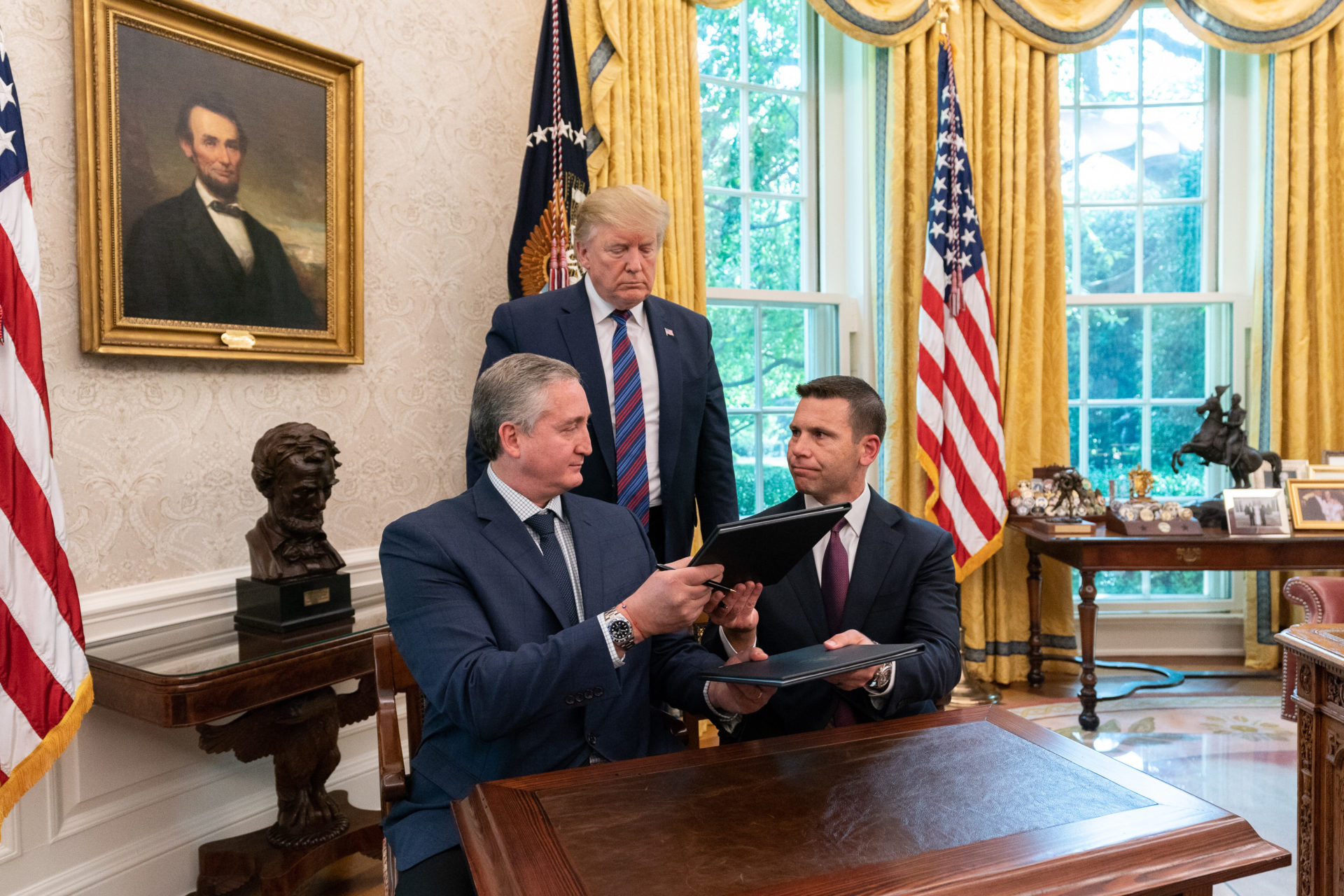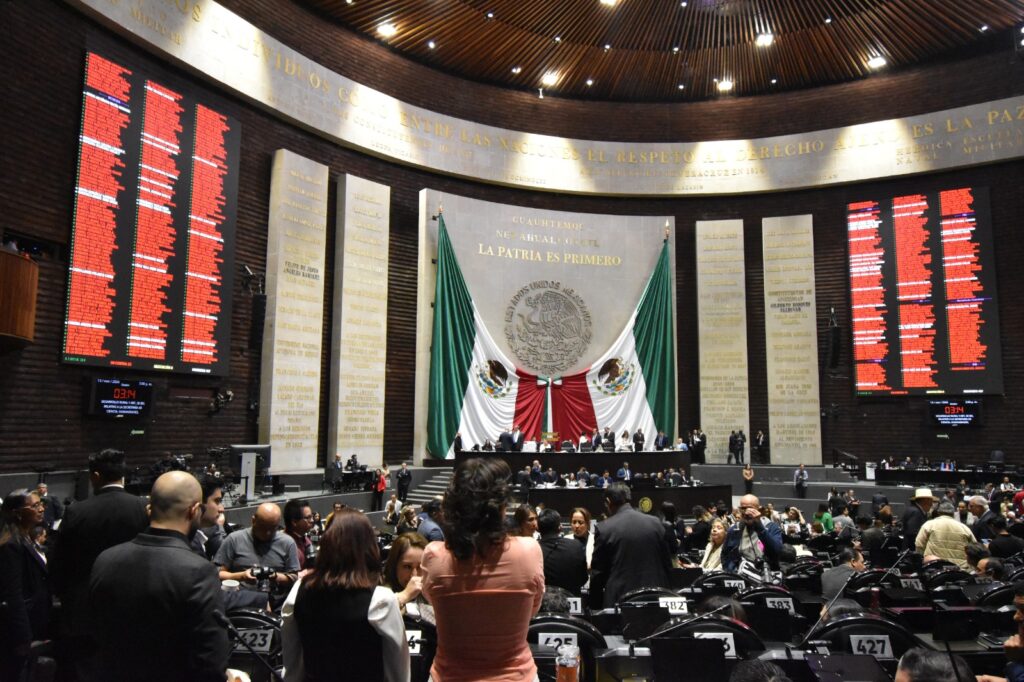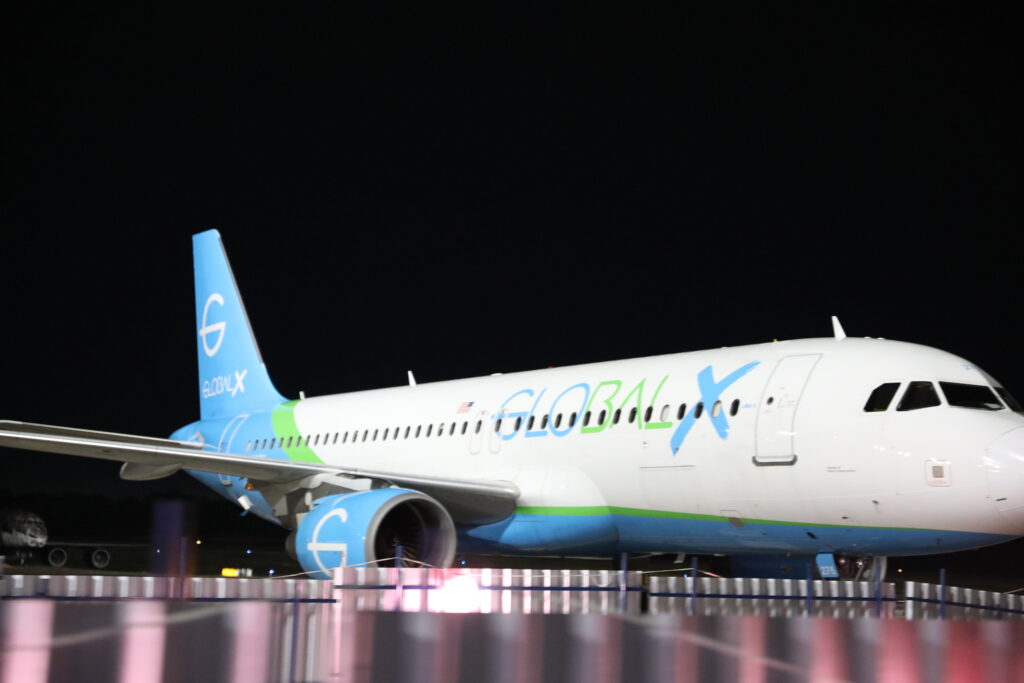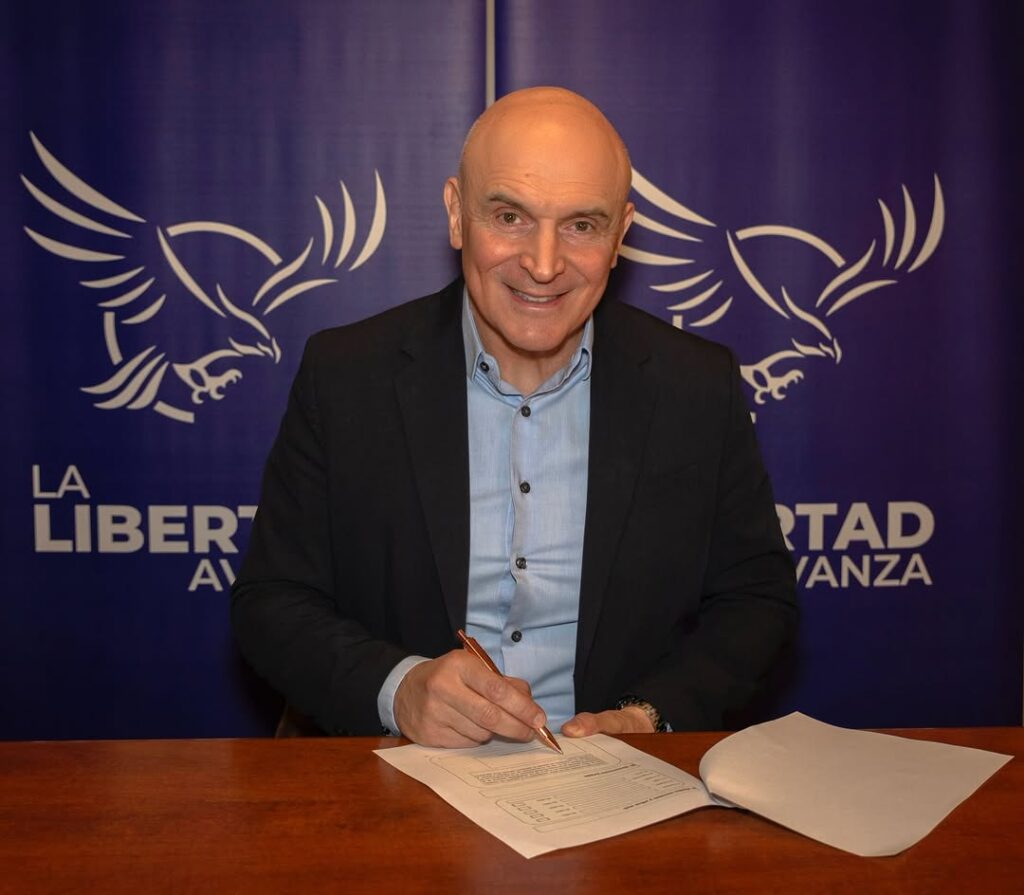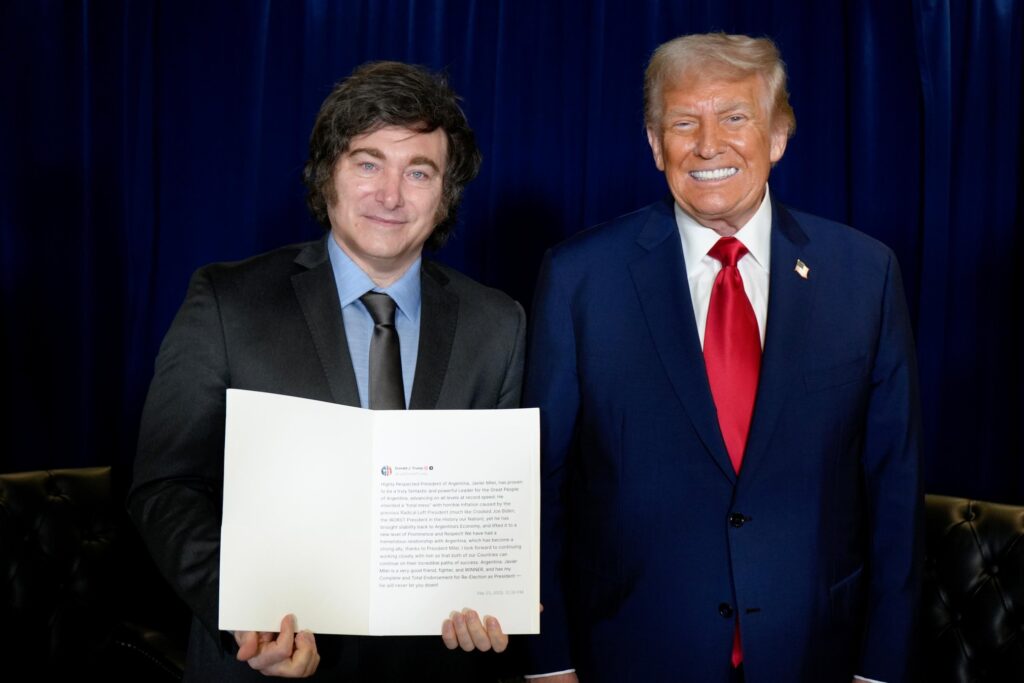The U.S. government has signed agreements with Guatemala, Honduras and El Salvador — countries with some of the highest levels of violence and crime in the world — which would allow migration officials to redirect migrants seeking asylum in the United States to these territories.
Latin America Reports spoke to Noah Bullock, director of El Salvador-based NGO Cristosal which works to advance human rights and offer protection to victims of violence. Bullock noted that the calculated use of language has characterized these agreements with the aim of making them more palatable for the international community. Initially pursuing “safe third country” agreements with these countries, U.S. officials provoked a lot of controversy due to the danger which many Northern Triangle citizens face on a daily basis. According to Salvadoran news platform El Faro, the recent agreements are effectively indistinguishable from “safe third country” deals in all but name.
Guatemala
The agreement with Guatemala, signed on July 26, is a “third-country asylum rule”.
Because the agreement does not stipulate that refugees must have passed through Guatemala in order to be redirected there, the U.S.government has free reign to send any refugees arriving at their border to the Central American country.
El Salvador
U.S. Homeland Security Secretary Kevin McAleenan called the deal with El Salvador, which was signed on September 20, an “asylum cooperation agreement” rather than a “safe third country” deal.
Human rights organizations have criticised the imprecise language which characterises the deal: “This agreement is so potentially sweeping that it could be used to send an asylum-seeker who never transited El Salvador to El Salvador,” said Eleanor Acer, senior director of refugee protection at the nonprofit organization Human Rights First.
Although U.S. officials said that the agreement would apply only to asylum seekers who have crossed through El Salvador on their way to the U.S. southern border, the agreement itself makes no such clarification.
Honduras
The BBC reported that under the deal with Honduras, signed on September 25 this year, only asylum seekers who have passed through Honduras en route to the United States may be redirected back to the Central American country.
Honduran newspaper El Heraldo reported that the agreement applies exclusively to asylum seekers from Cuba and Nicaragua, giving Hondurans more clarity than Guatemalans and Salvadorans on what to expect from the deal.
The agreements will facilitate the U.S. State Department’s plans to cap the number of refugees allowed into the U.S. in the next fiscal year at an all time low of 18,000, compared to a cap of 110,000 in the final year of the former President Obama’s administration.
The Central American countries’ motives for signing the agreements are unclear, but reports points toward the benefits the agreements would offer migrants already in the U.S. According to Reuters, there are talks between the Honduran and U.S governments of increasing temporary legal opportunities for Hondurans in the United States. Meanwhile, El Faro reports that El Salvador president Nayib Bukele is trying to leverage a permanent residency arrangement for the approximately 200,000 Salvadorans living in the United States on “temporary protected status” (TPS).
Kevin McAleenan also explained in the press conference announcing the agreement with El Salvador that part of the agreements involves helping the country build the capacity to accept asylum seekers.
Bullock, who is skeptical of the agreement, suggests that a more authentic approach would be for the United States to increase “its own commitment to helping refugees whilst supporting other asylum infrastructures.”
All three countries have high levels of gang violence and crime, with homicide rates amongst the top ten countries worldwide in 2019, according to World Population Review. In fact, Honduras ranks third at 41.7 homicides per 100,000 inhabitants while El Salvador has the highest rate in the world at 61.8 homicides per 100,000.
Read more: Police in El Salvador killed 116 people over four years
By signing agreements that oblige asylum seekers to take refuge in the Northern Triangle, the U.S. government ignores the warnings that the State Department makes to its own citizens. For U.S. tourists, the government suggests taking serious “precautions” in Guatemala and recommends reconsidering plans to travel to Honduras and El Salvador. Since the United States’ agreement with El Salvador, however, the travel advisory has since been relaxed from Level 3 to Level 2 (“take serious precautions”).
The magazine Foreign Affairs also writes that in Guatemala — where rates of violent crime are lowest — there is simply not the necessary infrastructure to receive refugees.
Read more: How Trump’s new asylum rule puts migrants at risk
According to the BBC, all three agreements face domestic opposition and cannot come into effect until they are passed in each country’s parliament. The agreements demonstrate the measures the Trump administration will go to in order to reduce levels of immigration, which will be one of the key issues in the upcoming 2020 presidential elections.


